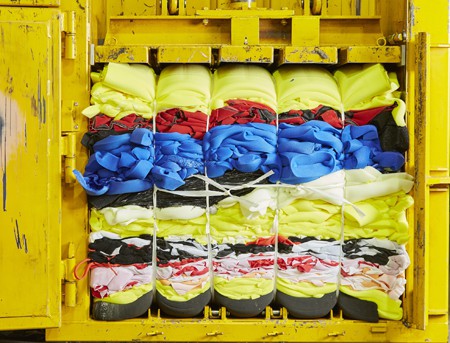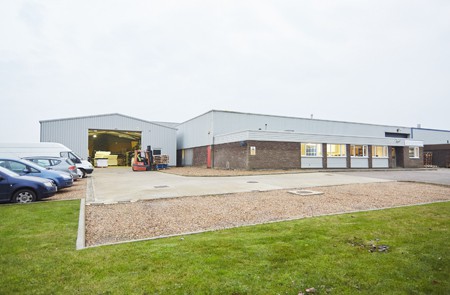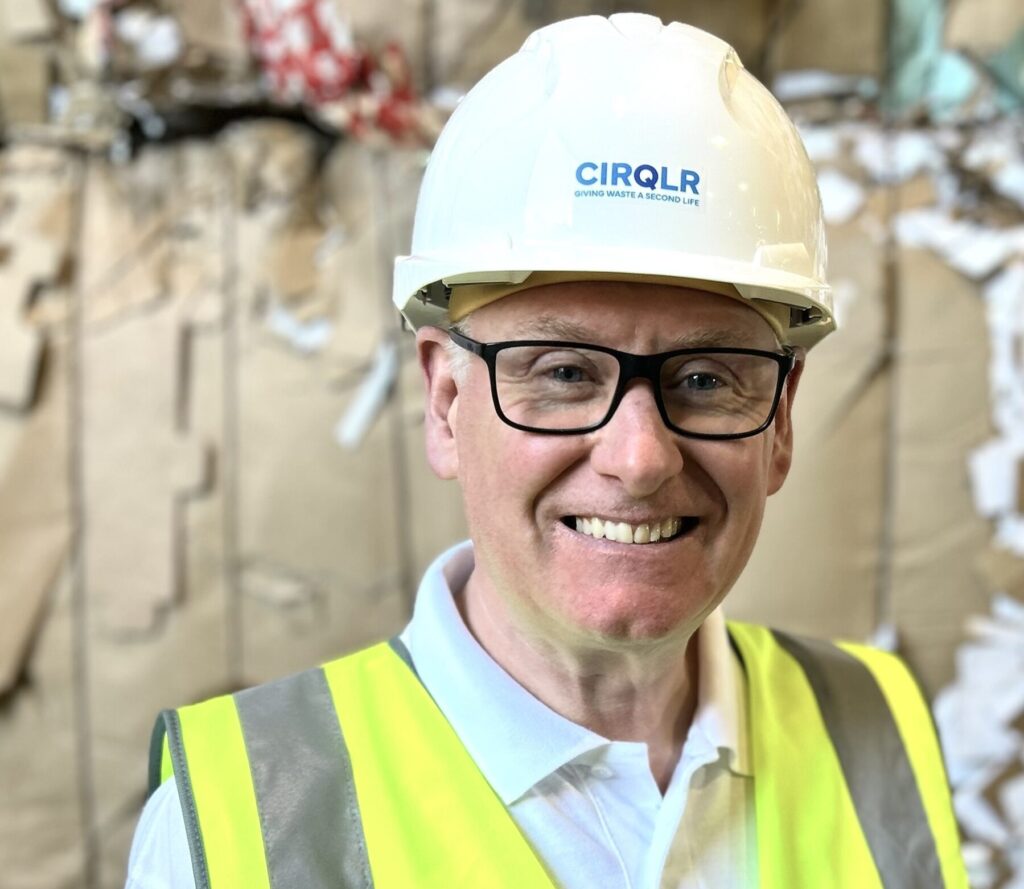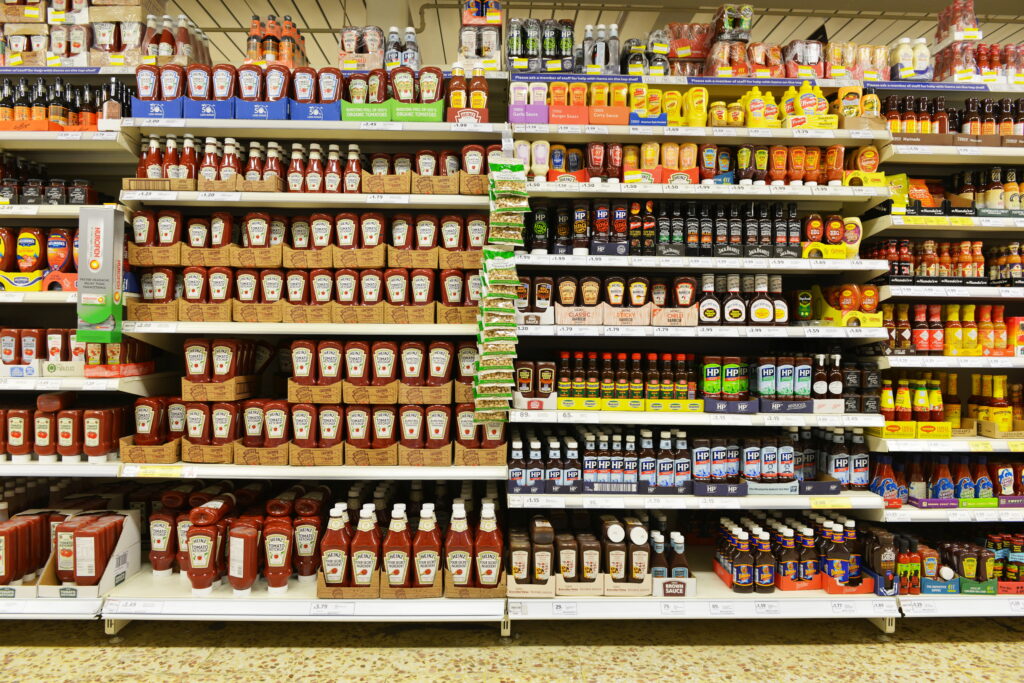
Having supplied the market for 25 years, Technical Foam Services explains that it collaborates with suppliers and clients to develop and produce innovative and what it considers to be high-quality products.
Independently-owned and well recognised within the specialist foam industry, the company’s managing director, Duncan Geddes started in the foam industry at the age of 18 before joining Technical Foam Services in 2006.
He explains how foam is made. “The actual environmental impact of the manufacturing of foam is minimal. There are no combustible gases produced. It is actually quite a clean process. The only significant impact on the environment is the energy required to run the foaming line. The same applies for polyethylene foam and rubber.
“Unlike other facilities, there is rarely resistance to foaming plants when they are built. For instance, there is the Fritz Nauer foaming plant in Switzerland which is located right in the centre of a beautiful Swiss town and there are no environmental concerns there. There is also a polyethylene foaming plant in Croydon, London which is surrounded by housing. So apart from the aspect of ensuring that the chemicals are stored safely and securely, manufacturing of the foam itself doesn’t have much of an impact on the environment at all. What does, is that foam is not biodegradable.
Chipfoam
“A foaming plant will make 60m3 (cubic metres) of one grade and more often than not there is probably another 5-10m3 that is either discoloured, the wrong size or has poor cell structure. The thing that the foam industry is now very good on is not wasting this foam. It is taken away and is granulated on site. Converters do the same thing so that anything we don’t use. i.e. offcuts, scrap foam is granulated and will go off to be made into carpet underlay.

“Until a few years ago, all our non-granulated scrap, such as foam dust and foam laminated to other materials, would have gone to landfill. Now we send it to an incineration plant to create energy, meaning that we do not send anything to landfill at all.
“I would suggest 90% of the scrap produced by foam manufacturers and converters is actually reused.”
For many uses there is no viable alternative to foam and he demand for foam is continuing to grow year on year, says Mr Geddes. “Demand is going up, not down across Polyurethane, Polyethylene and rubber.
“Foam is a unique material. If you don’t use it what are you going to use? When looking at sofas, mattresses, sponges, what is there apart from foam? Polyurethane in particular stands alone. In the furniture industry, you have spring mattresses but that is more performance driven. For cleaning some people might use a cloth but people use foam because it is the preferred material. “
In terms of repurposing, he notes that “The actual cost and logistics of getting the foam back to their factories is quite high. There is a big carbon footprint to moving scrap around the world, making the actual cost of the product high and its often of no better quality than using virgin material. That is why reconstituted foam isn’t used in retail products.
“For example, a local company make underlay and package it. Their trucks deliver the products to retailers around Europe and then the empty truck will head off to a nearby converter and pick up the scrap foam. There is a hell of a carbon footprint, but they do what they can to keep it as efficient as possible.”
In terms of consumer expectations he explains that foam can’t be biodegradable because people want it to last. “With polyurethane the main market and driving force is furniture – mattresses and cushions, followed by domestic sponges and automotive parts. Now, if people are buying a mattress topper they want the foam to last and retain its physical properties for as long as possible. The same is true for all of those markets.
“So, the difficulty the foam industry faces is the perception the general public have of foam once it has reached its end of life, because, of course, it is quite a volumetric product so if people have a mattress, cushions, sofa they no longer use. It is a difficult position for the foam industry. They can’t sell a foam that naturally degrades because that would affect the quality of the finished product. Foam is built and manufactured to last as long as possible, it just means that there is a question to ask about what to do when products reach the end of their life.”

Waste reduction
In terms of production techniques the company is always looking to reduce the volume of scrap foam generated, says Mr Geddes. “To do that we look at different cutting and machining techniques. For example, if we are cutting two circular pieces of foam we always look to reduce the gap between those pieces and how do we reduce the space around those pieces.
“We now have laser jet cutting and water jet cutting, which weren’t available ten years ago, in-house. By investing in more modern and efficient converting techniques we are able to reduce the amount of scrap foam we generate. Implementing new techniques can be expensive and we don’t see much payback in terms of output capacity, but with less scrap the saving is in reducing waste.”
Energy recovery should be a key route for waste material to avoid landfill, he argues. “Energy recovery is basically the future in terms of ensuring that foam doesn’t go into landfill. Any responsible converter would send waste off to generate energy. We work in conjunction with local waste disposal companies to make sure nothing goes to landfill. In my opinion it is vital for manufacturers and converters to have close working relationships with those companies, which is what we have done.
“Every foam company has a responsibility to ensure waste doesn’t go to landfill and is reused somehow. It has to be an important part of each foam company’s philosophy.”
As for the future, Mr Geddes believes that “Environmental sustainability is a major priority for the industry. I know there are always discussions taking place between the chemical plants and the foaming manufacturers, with businesses exploring how to make their chemicals more environmentally friendly.
“What the industry has looked at in recent years is injecting foam to keep it cleaner for longer. For example, they sometimes put flakes of silver in foam because silver is antibacterial. Manufacturers are always looking at ways to make foam cleaner and last longer.
“We would all like foam to be cleaner, but it is driven by people’s financial expectations and foam is unfortunately viewed as disposable. People tend to buy washing up sponges as cheap as possible because they know they are going to throw them away fairly quickly. Although people will pay a bit more because a bath sponge feels nicer, what they are not going to do is pay a lot more because it is going to stay cleaner for longer.
“A considerable challenge is what can be done with foam that has been contaminated and cannot be repurposed. With domestic sponges the end user will often just pop these products into the bin and they will go to landfill. Many people now have dedicated recycle bins for card and plastics, but not one for foam and there is so much of it. Maybe that would be something to look at in the future. It can’t be reused, but it could be burned to create energy and reduce the amount going to landfill.”
Emphasising that there is still work to be done, he says: “All this is a real challenge and is about the public’s mind set as most people view it as just a bit of foam.”
Related links
Technical Foam Services








Subscribe for free